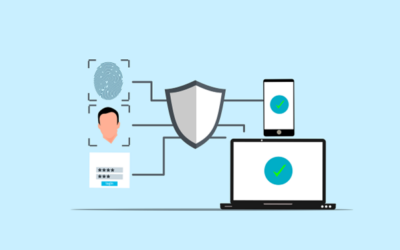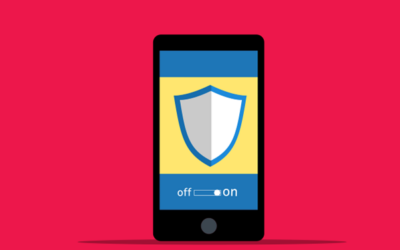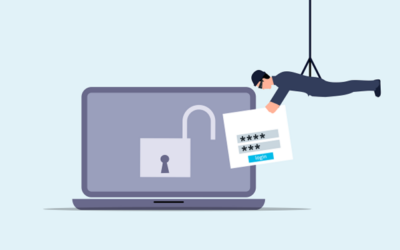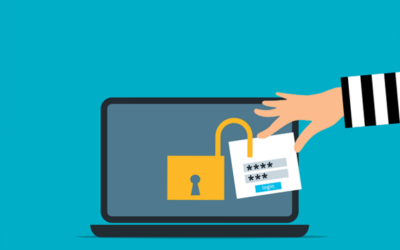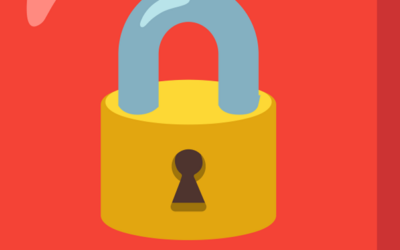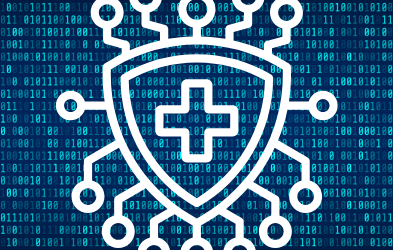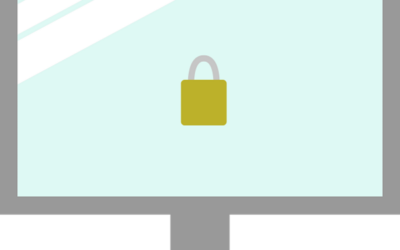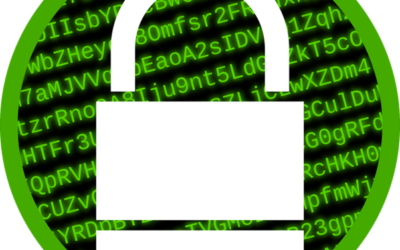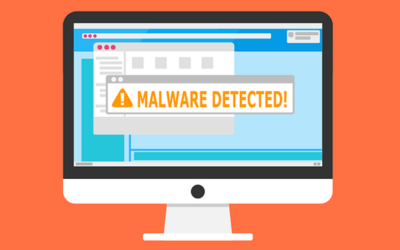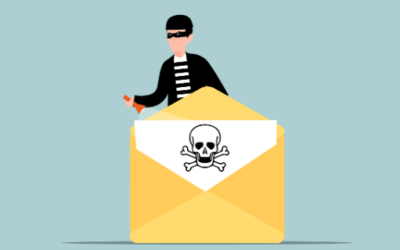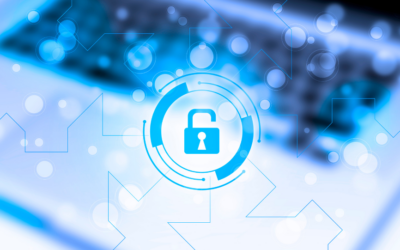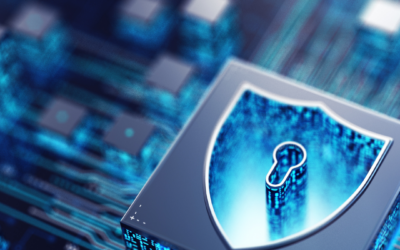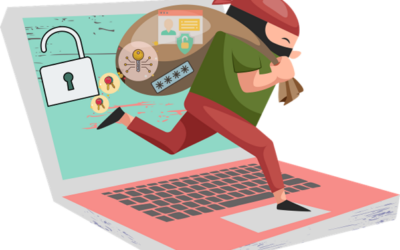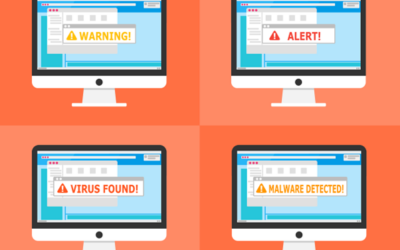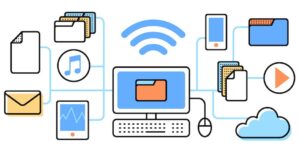 Many businesses have some form of online or digital presence, such as using the internet to complete client transactions and the cloud to store important documents. Doing so can be a convenient way for an SMB to keep everything organized and easily accessible.
Many businesses have some form of online or digital presence, such as using the internet to complete client transactions and the cloud to store important documents. Doing so can be a convenient way for an SMB to keep everything organized and easily accessible.
What types of protection does your company need when it comes to using these physical and digital assets? You may have some basic procedures in place – password changes every 90 days, antivirus software, and maybe occasional technology upgrades. These protections are a great starting point, but over time they can become vulnerable to where employees are less productive, or their devices can easily get hacked. Often, hackers can bypass in a manner where it does not get noticed until after the damage is done.
The safety and security of client assets are paramount and can be subject to rules and regulations under certain jurisdictions. According to The Board of the International Organization of Securities Commissions, “it is first and foremost the intermediary’s responsibility to ensure compliance with these rules, including through the development of risk management systems and internal controls to help ensure financial integrity and monitor compliance.”
A relaxed approach to asset protection is no longer an option when your company handles valuable, private sensitive information, such as HIPAA. Instead, the more prepared you are, the safer your company and client’s assets are.
What Do Assets Include?
An asset can be an item, thing, or entity that can potentially bring value to an organization. This can include computer systems or spare parts and software, such as licenses and subscriptions.
A key part of maintaining tangible and intangible assets is asset management. This approach realizes the value, total lifecycle costs, and the asset’s overall performance. Doing so helps an organization maintaining its return on investment and continue working towards its business objectives.
A company should know what assets they have, how they’re holding up, and if their protections continue to meet their business requirements.
Planning for Asset Protection
When first starting with asset management and protection strategy, consider the following:
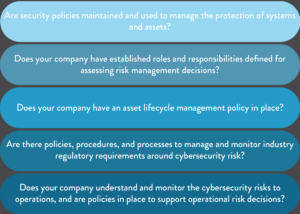
Wahaya IT will ask these and several other questions to ensure your assets are up to the job in terms of performance and security.
Common IT Assets At Risk
Outdated devices are one of the biggest vulnerabilities when it comes to IT asset management. Old devices can slow your team productivity and increase the risk of downtime and lost data due to encryption malware.
Another asset risk is outdated operating systems. According to BitSight, “when large technology companies release software updates, they not only provide patches for security vulnerabilities, but they also help end-users to protect their systems against cyber attacks.” However, while researching 35,000 companies, BitSight found that even though the evidence is clear that outdated operating systems threaten companies, it is typical for companies to take months to update.
Make sure your company is protected as soon as possible. Start identifying vulnerabilities in your digital and physical assets before it’s too late.
Asset Management System Solutions
Safe protection of your business and client assets should be an integral part of your business plan. Properly planned management of these assets will help you make informed decisions in the future and continue on the path towards success.
Wahaya IT can work with your company to review your current operations and procedures. From there, we can implement changes that adhere to regulations, advise on technology upgrades, and set new standards.
Partner with Wahaya IT to put your mind at ease regarding asset management.

